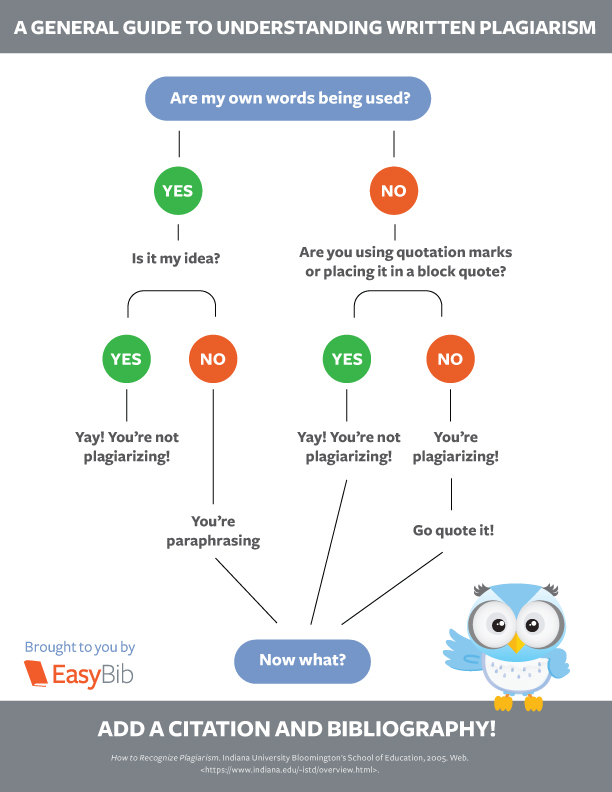
Academic Honesty:
Students have the responsibility for conducting themselves in such a manner as to avoid any suspicion that they are improperly giving or receiving aid on any assignment or examination. Such academic dishonesty includes cheating (taking another's ideas and presenting them as your own.) Cutting and pasting from the Internet into a paper without proper documentation is considered plagiarism.
-HCC Student Handbook, Academic Policies & Procedures
--verb: to steal and pass off as one's own (the ideas or words of another) : to use (another's production) without crediting the source : to commit literary theft : to present as new and original an idea or product derived from an existing source.¹
Basically, plagiarism is fraud. It includes theft and lying about it later.
It's not just failing to cite your sources in a paper. Plagiarism takes many forms, but the most common on college campuses include:
¹"Plagiarize." Webster's third new international dictionary of the English language unabridged. Springfield, Mass.: Merriam-Webster, 1986. Print.
The HCC Library has created the Online Plagiarism Workshop available through Moodle.
Please login to your Moodle account, search for the course titled:
Online Plagiarism Workshop
and self-enroll. At the end of the workshop, you will receive a
certificate of completion.
Questions? Problems?
Contact Us!
200 Building on HCC Main Campus
185 Freedlander Drive
Clyde, NC 28721
828.627.4550


Multimedia Fair Use Copyright Guidelines
Any copyrighted source materials used in a multimedia creation must be lawfully obtained, i.e., through purchase, gift, or license agreements. Examples: original copies of videotapes, images, books, clip art collections, and audio recordings. Time limit on the fair use of copyrighted materials is two years from completion of work. Any use beyond two years must be with written permission for each copyrighted portion incorporated into their production.The number of copies that can be made of a multimedia creation containing fair use materials is generally two, however, joint producers may each have a copy.
Portion Limits
Internet Copyright Guidelines
Fair Use: Definition and analysis from Stanford University
U.S. Fair Use: Official definition from the United States Copyright Office
The Digital Dilemma: National Academies Press publication exploring intellectual property in the information age
Center for Social Media: Resources, best practices and code definitions
U.S. Copyright Law: Official and complete of the United States copyright law and related laws contained in Title 17 of the U.S. Code
Copyright Law Quick Guide: Columbia University's copyright advisory site; includes sections on basic copyright, permissions and special topics
Copyright Terms and Definitions: Comprehensive list of Public Domain guidelines from Cornell University
Digital Millennium Copyright Act: The complete text of the 1998 legislation; also see the UCLA summary
TEACH Act: Copyright guidance for teachers and academic institutions
Know Your Copyrights: Resources for teachers; includes brochures, charts, and FAQ
Media (Images/Sound): Links and resources for (generally) copyright-friendly material for use in projects and presentations
Copyright Advisory Network: Resources and discussion forum for librarians, scholars, and copyright specialists
A Visit to Copyright Bay: Tutorial courtesy of the University of St. Francis
Copyright 101: Introduction to copyright from BYU
NYU Copyright LibGuide: In-depth overview of Copyright Law, Fair Use, and how to use materials as Educators